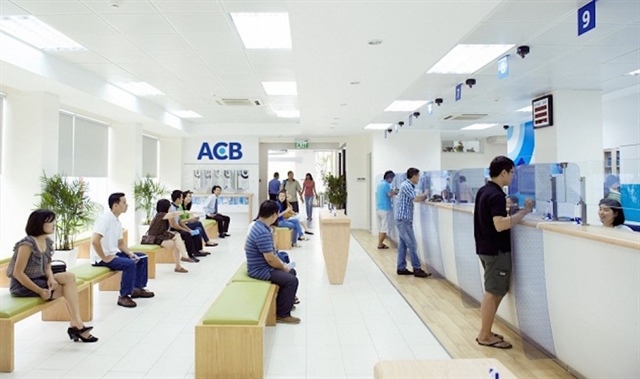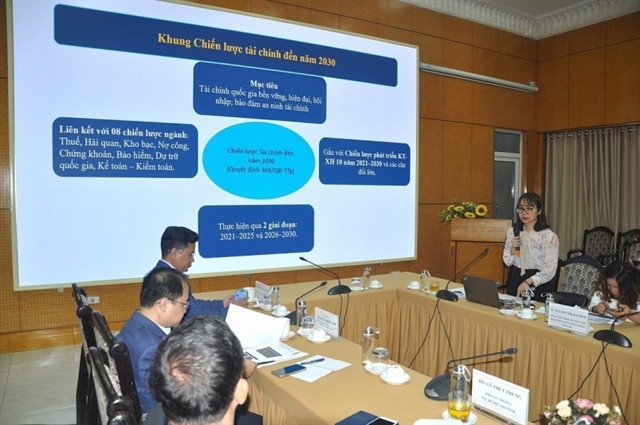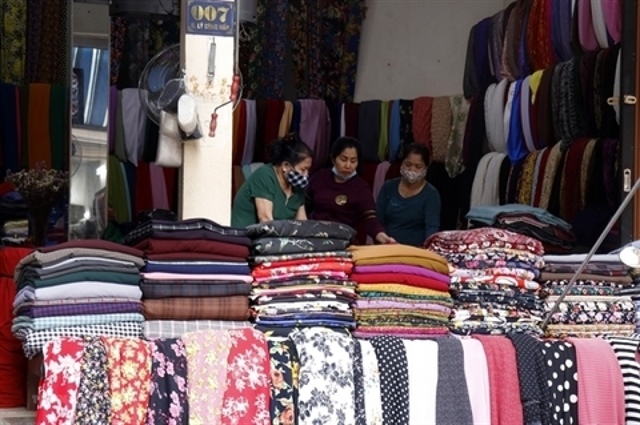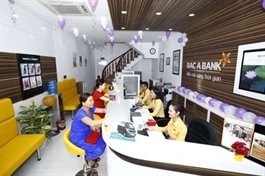Banks see NPL relief as credit rebounds and Resolution 42 takes effect
Banks see NPL relief as credit rebounds and Resolution 42 takes effect
The banking sector is seeing signs of relief in non-performing loans (NPLs), with expectations of further improvement by year-end thanks to stronger credit growth and the formal legalisation of Resolution 42 to aid debt recovery.
ACB’s financial results for the first half of 2025 reflect this positive trend. As of the end of June, the bank reported nearly $318.6 million in NPLs from Groups 3 (substandard debt), 4 (doubtful debt), and 5 (debt with potential loss), down 7.9 per cent compared to the end of 2024. This brought its overall bad debt ratio down to 1.26 per cent, with Group 5 seeing a notable decline of 12.6 per cent to $235.8 million.
At VietABank, bad debts from Groups 3 to 5 totalled $38.9 million as of June 30, marking an 11 per cent decline since the start of the year. All three debt categories saw declines, with Group 3 debts experiencing the sharpest drop of 67 per cent, falling from $560,000 to $160,000.
|
Meanwhile, PGBank’s NPL balance grew over 42 per cent to beyond $60 million by the end of June. The bank’s bad debts increased across all three groups, particularly in Group 3, which rose from $7.3 million to $14.1 million. As a result, the bank’s NPL ratio rose from 2.57 per cent to more than 3.3 per cent.
Major lender LPBank reported a total asset value reaching $20.5 billion as of June 30, up 1 per cent on-year. Its customer lending grew by 11.2 per cent, outpacing the industry average of 9.9 per cent, while customer deposits reached $12.5 billion, up 10.6 per cent since the start of the year. However, the bank’s bad debt balance rose 23.3 per cent to over $259 million, pushing its NPL ratio from 1.58 per cent to 1.76 per cent.
Nam A Bank also posted solid growth, with total assets nearing $12.6 billion, showing more than 30 per cent jump since the beginning of the year. Total credit outstanding hit over $7.7 billion, up 14.7 per cent, while deposits from economic entities and individuals grew more than 22 per cent to nearly $8.4 billion.
The bank’s asset quality has shown signs of improvement, particularly its Group 2 debts (debt that needs attention) fell sharply from 1.47 per cent to 0.62 per cent, while its bad debts classified from Groups 3 to Group 5 currently stand at 2.63 per cent.
State lender Vietcombank reported that its total assets in the first half of the year surpassed $84 billion, up 1.8 per cent from the end of 2024. The bank continued shifting its credit portfolio towards higher quality, efficiency, and sustainability. Its NPL ratio was held below 1 per cent – the lowest among major credit institutions.
Analysts believe that the banking sector’s 16 per cent credit growth target for 2025 is well within reach, and sector-wide profitability is expected to benefit accordingly. More importantly, Resolution 42/2017/QH14, approved by the National Assembly in June, on tackling bad debt is anticipated to accelerate bad debt resolution, is expected to pave the way for banks to reduce risk provisioning and narrow profit gaps.
At the start of the year, the banking sector’s overall on-balance-sheet bad debt ratio stood at 4.3 per cent, concentrated primarily among weaker banks under special supervision. The State Bank of Vietnam disclosed this figure in its review of the implementation of Resolution 42 and amendments to the Law on Credit Institutions. Data shows that total bad debt at 27 listed banks had exceeded $10.6 billion, an 18.5 per cent increase on-year.
The legalisation of Resolution 42 is expected to help reduce the banking system’s NPL ratio by the end of the year. A more transparent and structured legal framework would enable banks to handle collateral assets more efficiently, recover loans, and reduce NPL resolution costs.
Do Thien Anh Tuan, a lecturer at Fulbright University Vietnam, emphasised that the effective provisions of Resolution 42 should be codified into law to protect both lenders’ rights to seize collateral and borrowers’ lawful property rights. "Lenders must ensure that borrowers are notified within a reasonable timeframe during the debt settlement process," he said.
However, Tuan also highlighted a key concern: asset valuations must accurately reflect market value to prevent lenders from unilaterally selling collateral at below-market prices, which could result in unfair losses for borrowers.
"To ensure fairness," he added, "there needs to be third-party oversight or an independent valuation mechanism throughout the entire process."
- 15:50 30/07/2025





























